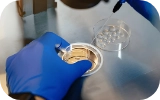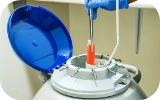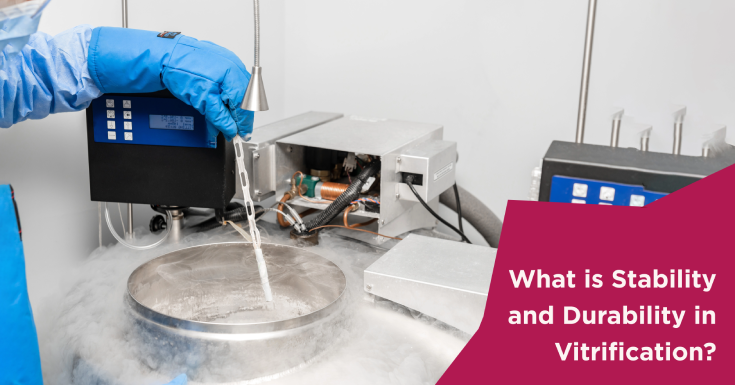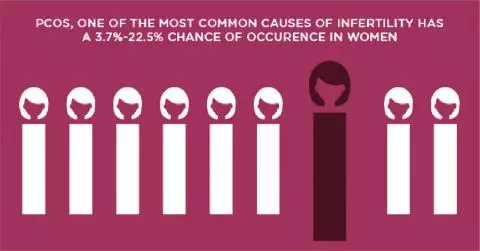The three factors that affect the stability and durability in vitrification process are:
- Cooling and warming rates
- The composition of cryoprotectant solution
- The volume of cryoprotectant solution
Cell toxicity and osmotic pressure created by the high concentration of cryoprotectant solution is one of the main risks associated with the vitrification process. In order to limit this, the exposure time of the eggs/embryos in the cryoprotectant solution must be reduced or the cooling rate must be increased by decreasing the sample volume.
This can be achieved by specially designed storage devices that would allow rapid cooling and also reduce the amount of solution surrounding the embryos or the eggs. Thus the durability and stability in vitrification of embryos and gametes can be maintained.
An innovative method of vitrification implemented these days is by using sealed pulled straws that reduces the risk of any contamination during the vitrification process and also maintain a high cooling rate in liquid nitrogen slush.
 Infertility Counselling
Infertility Counselling Female Infertility Treatment
Female Infertility Treatment Andrology Treatment
Andrology Treatment Fertility Enhancing Surgeries - Female
Fertility Enhancing Surgeries - Female Fertility Enhancing Surgeries - Male
Fertility Enhancing Surgeries - Male Endoscopy Treatment
Endoscopy Treatment IUI Treatment
IUI Treatment IVF Treatment
IVF Treatment ICSI Treatment
ICSI Treatment Advanced IVF Solutions
Advanced IVF Solutions Embryology
Embryology Vitrification Egg, Embryo, Sperm Freezing
Vitrification Egg, Embryo, Sperm Freezing Preimplantation Genetic Testing (PGT)
Preimplantation Genetic Testing (PGT) Donation Program Embryo / Egg / Sperm
Donation Program Embryo / Egg / Sperm Self-cycleTM IVF
Self-cycleTM IVF

 Self-cycleTM IVF
Self-cycleTM IVF











